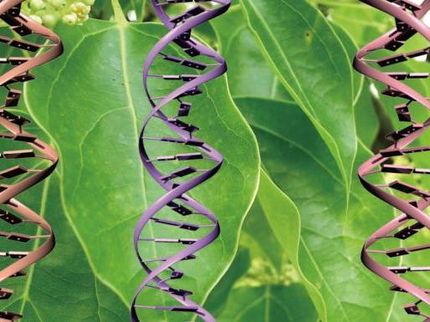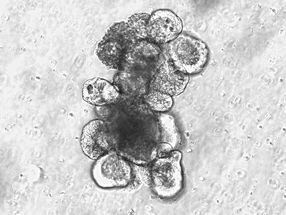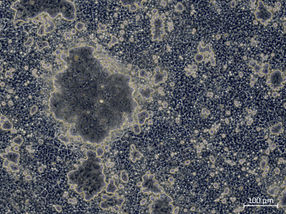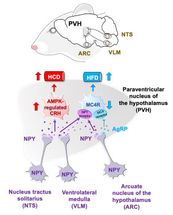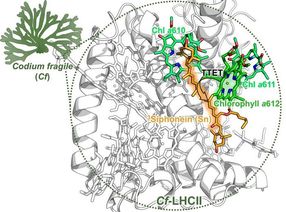A solution to Darwin's 'mystery of the mysteries' emerges from the dark matter of the genome
Advertisement
Biological species are often defined on the basis of reproductive isolation. Ever since Darwin pointed out his difficulty in explaining why crosses between two species often yield sterile or inviable progeny (for instance, mules emerging from a cross between a horse and a donkey), biologists have struggled with this question.
New research into this field by basic scientists at Fred Hutchinson Cancer Research Center, published in Science Express, suggests that the solution to this problem lies within the "dark matter of the genome": heterochromatin, a tightly packed, gene-poor compartment of DNA found within the genomes of all nucleated cells.
"Speciation is one of the most fascinating, unsolved problems in biology," said Harmit Malik, Ph.D., an associate member of the Hutchinson Center's Basic Sciences Division and corresponding author of the paper. Malik and first author Joshua Bayes, Ph.D., a former graduate student in the Malik lab, focused on understanding the cellular function of a particular fruit fly (Drosophila) gene dubbed Odysseus. The gene is so named because of its ability to cause havoc and male sterility when introduced into the genome of another species. Odysseus is a gene that is derived from a transcription factor, and it was long believed to be a protein that turned on expression of other genes in Drosophila testis. Odysseus also had been previously shown to rapidly evolve in its DNA-binding domain. Based on this observation, Bayes and Malik reasoned that Odysseus must interact with some rapidly evolving DNA in the genome.
They tested the hypothesis, first proposed by Malik and Hutchinson Center colleague Steven Henikoff, Ph.D., that such hybrid-sterility proteins may bind repetitive satellite DNA in heterochromatin. Such repeats are believed to evolve rapidly due to an "arms-race" for preferential transmission during the process of forming an egg, whereby only one of four chromosomes is non-randomly chosen to be included into the egg. Consistent with this hypothesis, Bayes found that Odysseus proteins localize to heterochromatic DNA found next to centromeres and on gene-poor chromosomes, which leads to their decondensation.
Dramatically, the hybrid-sterility-associated Odysseus from one species showed additional localization to the Y chromosome of the other species. Through experiments in cell lines and transgenic flies, Bayes further showed that Odysseus localization has rapidly evolved during recent evolution, evidence of the "arms-race" that drives rapid evolution of satellite DNA repeats. Altered expression and localization has profoundly deleterious consequences for the process of sperm formation, a process that remains a mystery and is under active study in the Malik lab. The finding that rapidly evolving heterochromatin may underlie this phenomenon also ties in with other work in Malik's lab that explores how "mismatches" originating from rapid evolution of DNA and proteins could lead to chromosome segregation defects and aneuploidy events that are sometimes precursors in transitions to cancer.



